For subscribers only
Subscribe now to read this post and also gain access to Jom’s full library of content.
Subscribe now Already have a paid account? Sign in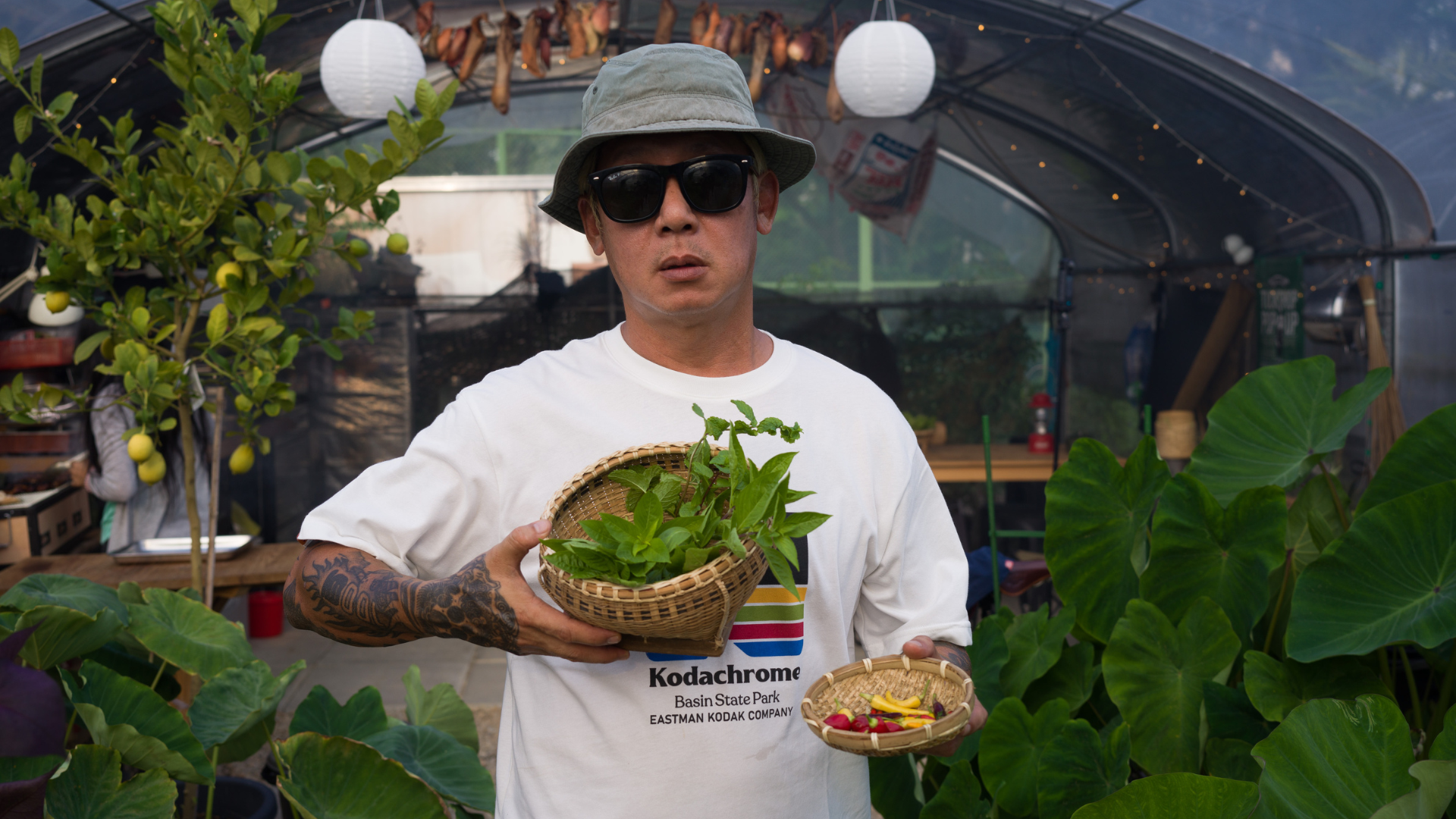
The practice of farming in Singapore has gone through several waves of transformation. What are today’s urban farmers trying to achieve?
Subscribe now to read this post and also gain access to Jom’s full library of content.
Subscribe now Already have a paid account? Sign in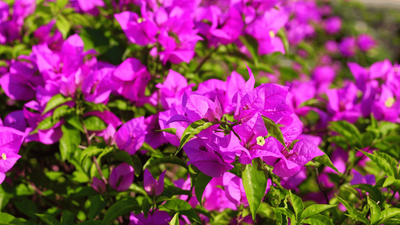
What does the 38 Oxley Road saga reveal about us as a people?
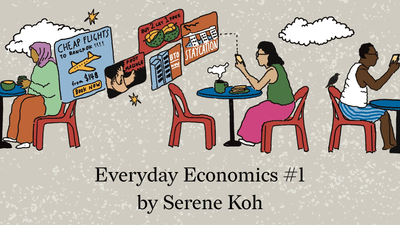
Our natural tendency to allocate money (or any resource) into little mental “jars” has profound implications for how we spend and save.

Deterrence and public opinion are used as justification for retaining the death penalty. We interrogate both notions, as we argue for abolition.
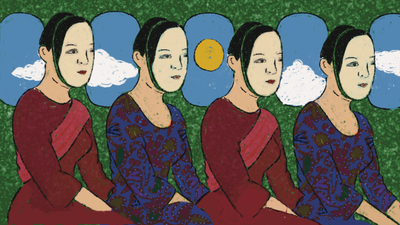
In the 1970s, as female flight attendants in the West were fighting gender discrimination, Singapore Airlines and Thai Airways were building brands around their sexualised female icons. Are we willing to accept sexism when it subsidises “the nation”?
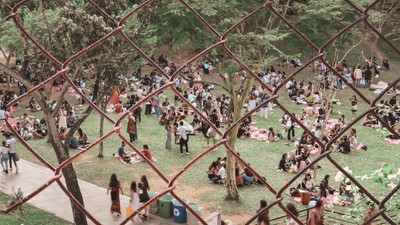
Migrant domestic workers who’re trapped in debt-bondage—because of unscrupulous recruitment agencies—are sometimes unwittingly hired by foreign finance executives. The writer urges financial firms and their institutional investors to address this form of modern-day slavery.
Please click on the link sent to your e-mail to login to your account.